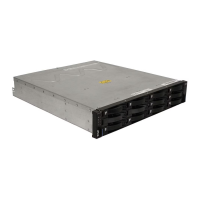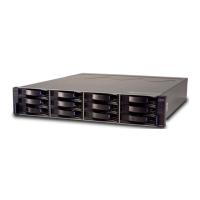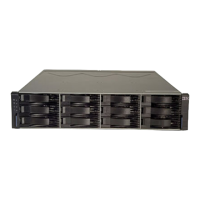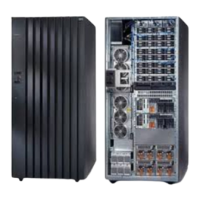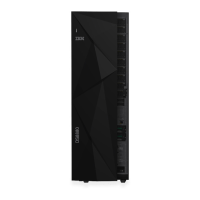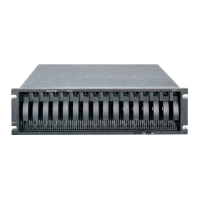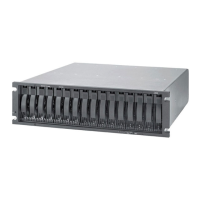Chapter 9. Administration - Logical Tab 245
Draft Document for Review March 28, 2011 12:24 pm 7914Admin_Logical.fm
media scan
media scan with redundancy check
pre-read redundancy check
You can also set your regular Logical Drive as source of advanced copy services, like
FlashCopy, VolumeCopy or Enhanced Remote Mirroring in the Logical pane (Figure 9-24 on
page 244). These functionality are described in IBM Midrange System Storage Copy
Services Guide, SG24-7822.
To start with configuration of the Logical Drive, select the Logical Drive you want to modify in
the Logical pane tree, and right-click. The menu starts with View Associated Physical
Components. It is the same as if you select the link on second line of the Properties pane. It
will open a window to display the components associated with the Logical Drive like the disk
drives, location of the drives, the controller, the controller which currently owns selected the
Logical Drive. These physical components are marked by blue bullet.
The second option in the menu is Change. Using this option, you can modify all important
parameters of the Logical Drive. Select this line and next menu opens as in Figure 9-25.
Figure 9-25 Logical Drive - Change menu
We describe all possible changes of a Logical Drive parameters in the following sections:
9.5.1, “Change Modification Priority” on page 245
9.5.2, “Change Cache Settings” on page 247
9.5.3, “Change Media Scan Settings” on page 250
9.5.4, “Change Pre-Read Redundancy Check” on page 252
9.5.5, “Change Ownership/Preferred Path” on page 253
9.5.6, “Change Segment Size” on page 254
9.5.1 Change Modification Priority
The Modification Priority defines how much processing time is allocated for operations
modifying the logical drive relative to the system performance. Operations that cause a logical
drive modification are:
Initializing a logical drive
Reconstructing after a disk failure
Copying back from a hot spare drive
Changing the segment size of a logical drive
Expanding a logical drive
Adding free capacity to an array
Defragmenting an array
Changing the RAID level of an array

